Choosing between Lucca and Florence for your Italian getaway? These two Tuscan gems offer very different experiences that’ll leave you enchanted. Florence dazzles with its world-famous art and grand Renaissance architecture, while Lucca charms with its laid-back vibe and well-preserved medieval walls.
Florence is a bustling city with iconic sights like the Duomo and Uffizi Gallery. It’s perfect for art lovers and history buffs who don’t mind crowds.
On the other hand, Lucca is a smaller, quieter town ideal for those seeking a more relaxed Italian experience. You can bike along its ancient walls and explore winding cobblestone streets without the tourist crush.
Both cities serve delicious Tuscan cuisine and make great bases for exploring the region. Florence has better transport links, but Lucca’s central location puts you closer to Pisa and the Tuscan coast. Your choice depends on what kind of Italian adventure you’re after!
Key Takeaways
- Florence offers world-class art and architecture, while Lucca provides a quieter, more authentic Italian experience.
- Both cities have rich histories, but Florence is more crowded and touristy than Lucca’s relaxed atmosphere.
- Lucca’s central location makes it ideal for exploring Tuscany, while Florence has better transport connections to other Italian cities.
Geography and Accessibility
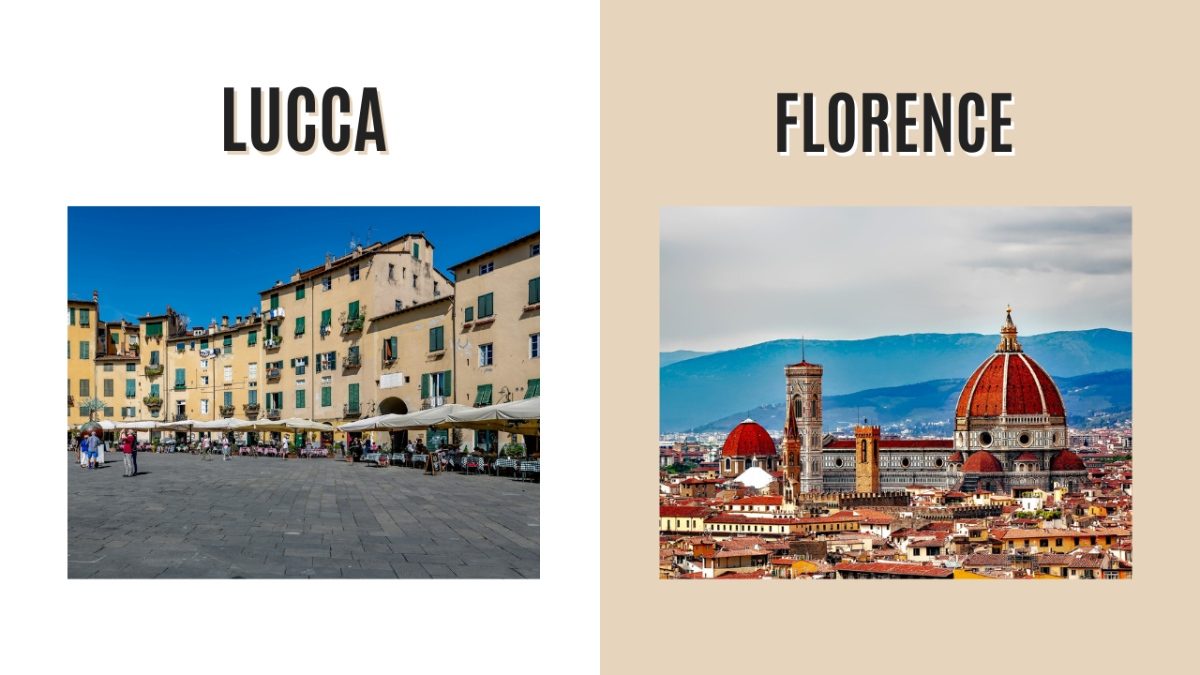
Florence and Lucca are two beautiful Tuscan cities with unique locations and transport options. Let’s explore how their geography and accessibility compare for travelers.
Location in Tuscany
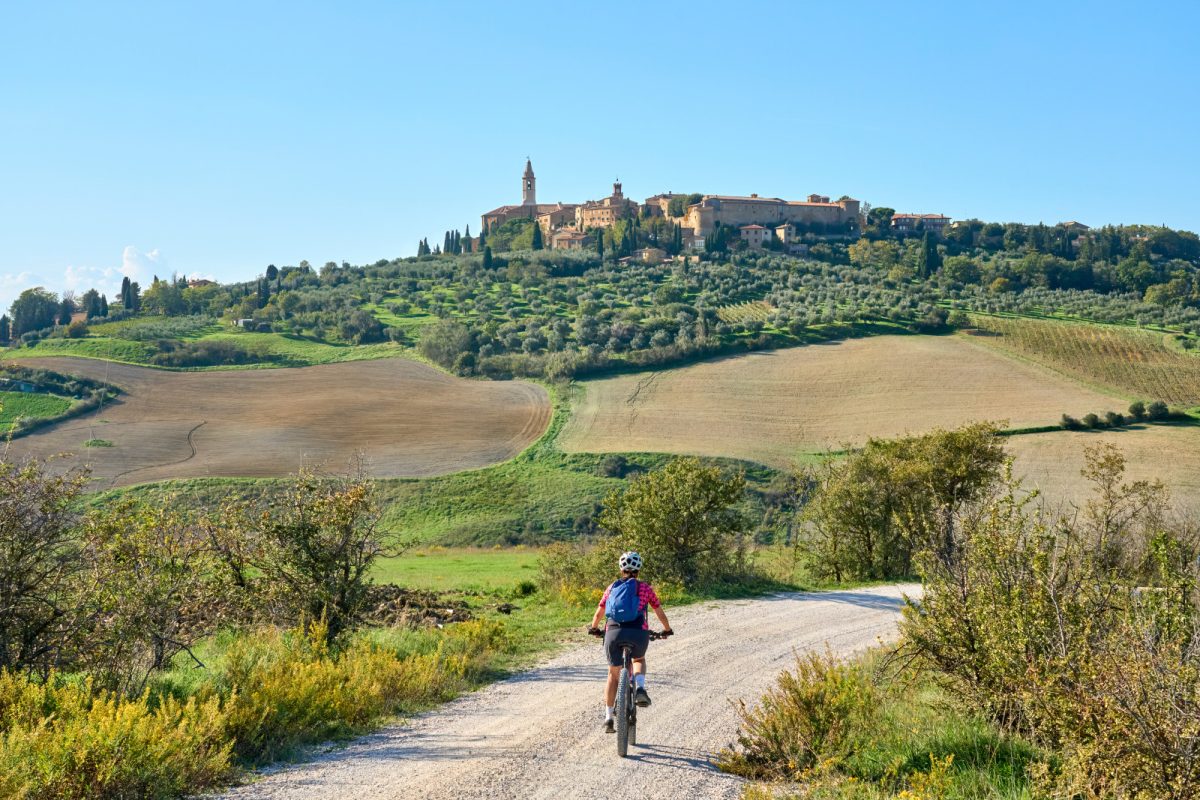
Florence sits in the heart of Tuscany, nestled in a valley surrounded by rolling hills. It’s on the Arno River, giving the city a picturesque setting. The historic center is compact and walkable, with famous landmarks like the Duomo close together.
Lucca is about 80 km west of Florence, closer to the coast. It’s known for its intact Renaissance-era city walls that encircle the old town.
The city is flat in a valley, with mountains visible in the distance. Lucca’s smaller size makes exploring on foot or by bike easy.
Transport Options to and from Lucca and Florence

Trains are a great way to travel between Florence and Lucca. The journey takes about 1 hour and 20 minutes and has frequent departures.
Tickets cost around €8-15 one-way. Florence’s main station, Santa Maria Novella, is in the city center.
Buses connect the two cities but are slower and less frequent than trains. Driving takes about an hour, but parking can be tricky in both places.
Florence has a small airport with flights to major European cities. For Lucca, the closest airport is Pisa, which is about 30 minutes away.
Both cities are well-connected to other parts of Italy. From Florence, you can easily reach Rome, Venice, and Milan by high-speed train. Lucca’s smaller size means fewer direct connections, but its proximity to Pisa opens up more travel options.
Book a hotel in Italy to start your Tuscan adventure in Florence or Lucca. Both cities offer a range of accommodations to suit different budgets and styles.
Rich Histories and Culture
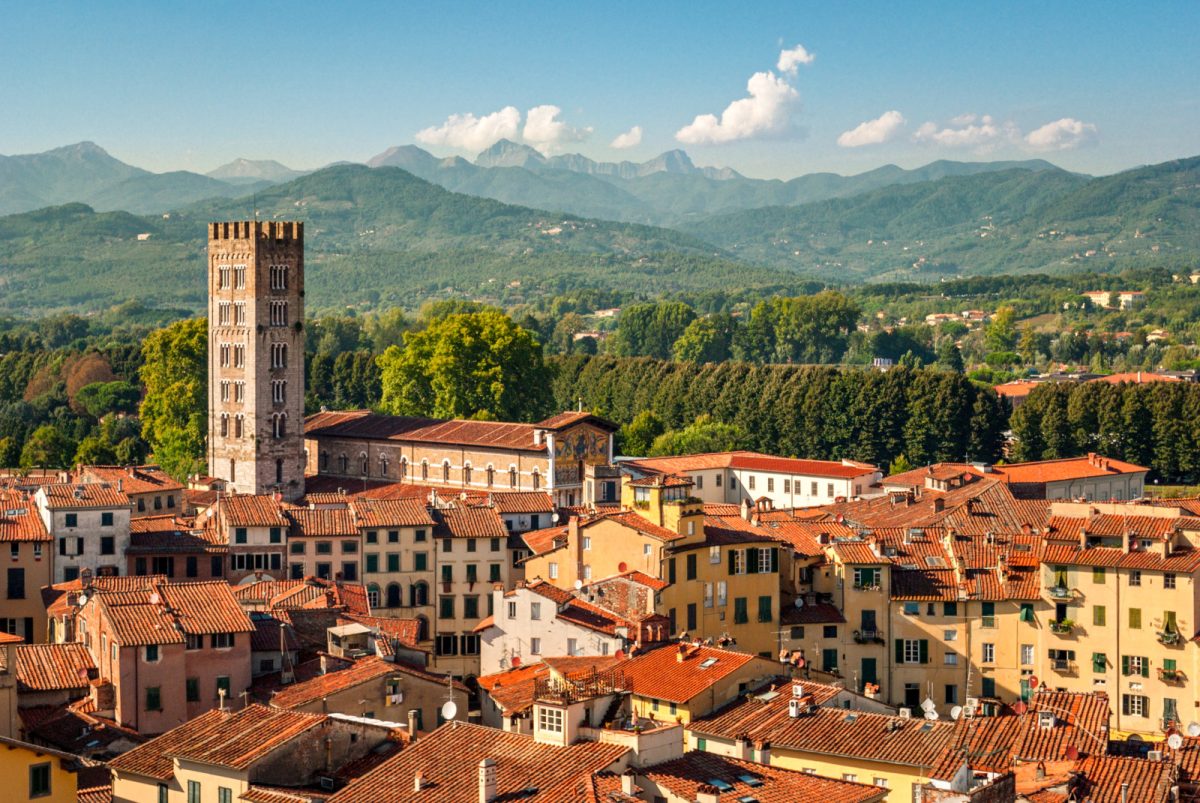
Lucca and Florence both boast fascinating pasts that shaped Italy’s cultural landscape. These Tuscan cities have left indelible marks on art, architecture, and Italian heritage.
Lucca’s Historical Significance
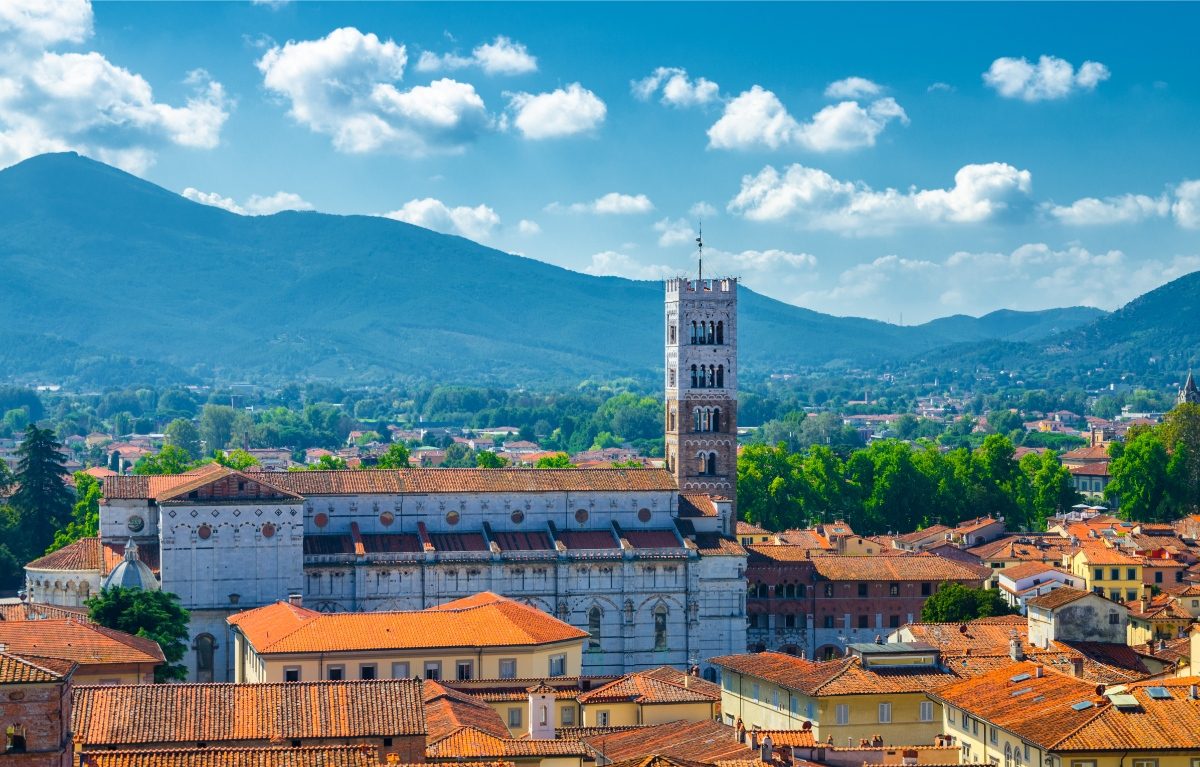
Lucca’s history stretches back over 2,000 years. The Romans founded it in 180 BC, and its iconic walls remain. These massive Renaissance-era fortifications now serve as a popular walking and cycling path.
The city’s medieval churches are architectural gems. San Michele in Foro dazzles with its ornate façade, while the Duomo di San Martino houses precious artworks.
Lucca was also home to the famous composer Giacomo Puccini. Music lovers can visit his birthplace, now a museum.
Lucca’s well-preserved historic center feels like stepping back in time. Narrow cobblestone streets wind between centuries-old buildings. The oval-shaped Piazza dell’Anfiteatro sits on the ruins of an ancient Roman amphitheater.
Read Also: Naples vs Rome: Which Italian Gem to Visit in 2025? Expert Guide
Florence’s Renaissance Heritage
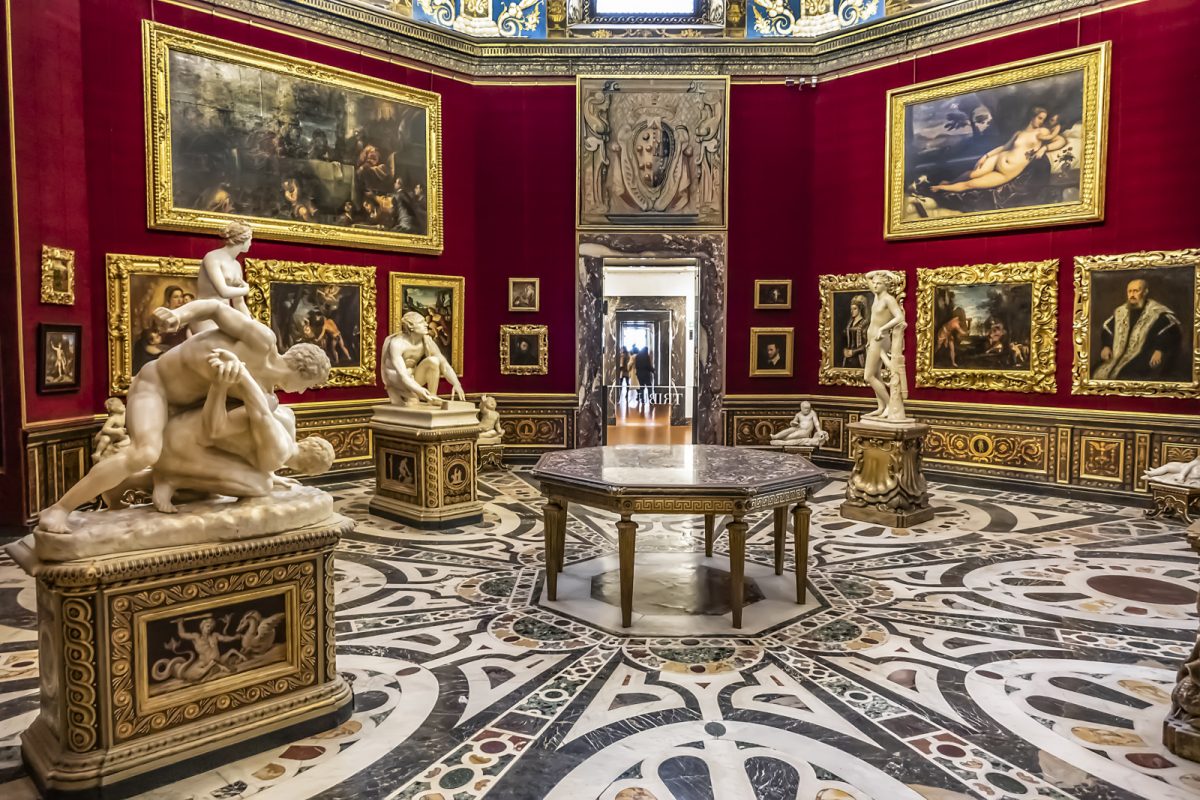
Florence was the beating heart of the Italian Renaissance. This golden age of art and culture, which lasted from the 14th to the 16th centuries, changed the world forever. The city’s museums are overflowing with masterpieces from this era.
The Uffizi Gallery showcases works by Botticelli, Leonardo da Vinci, and Michelangelo. Florence’s crowning glory is its Duomo, a massive cathedral that took nearly 150 years to build. Its iconic dome still dominates the skyline.
The Medici family ruled Florence during the Renaissance. Their patronage helped fuel the city’s artistic explosion.
Visitors can tour their palaces and see priceless art collections. The Ponte Vecchio, a medieval bridge lined with jewelry shops, spans the Arno River.
Florence inspired countless artists, writers, and thinkers over the centuries. Its beauty and history continue to captivate millions of visitors each year.
Architectural and Artistic Highlights
Lucca and Florence boast incredible architecture and art that showcase Italy’s rich history. Each city has its unique treasures that will leave visitors in awe.
Lucca’s Architectural Wonders
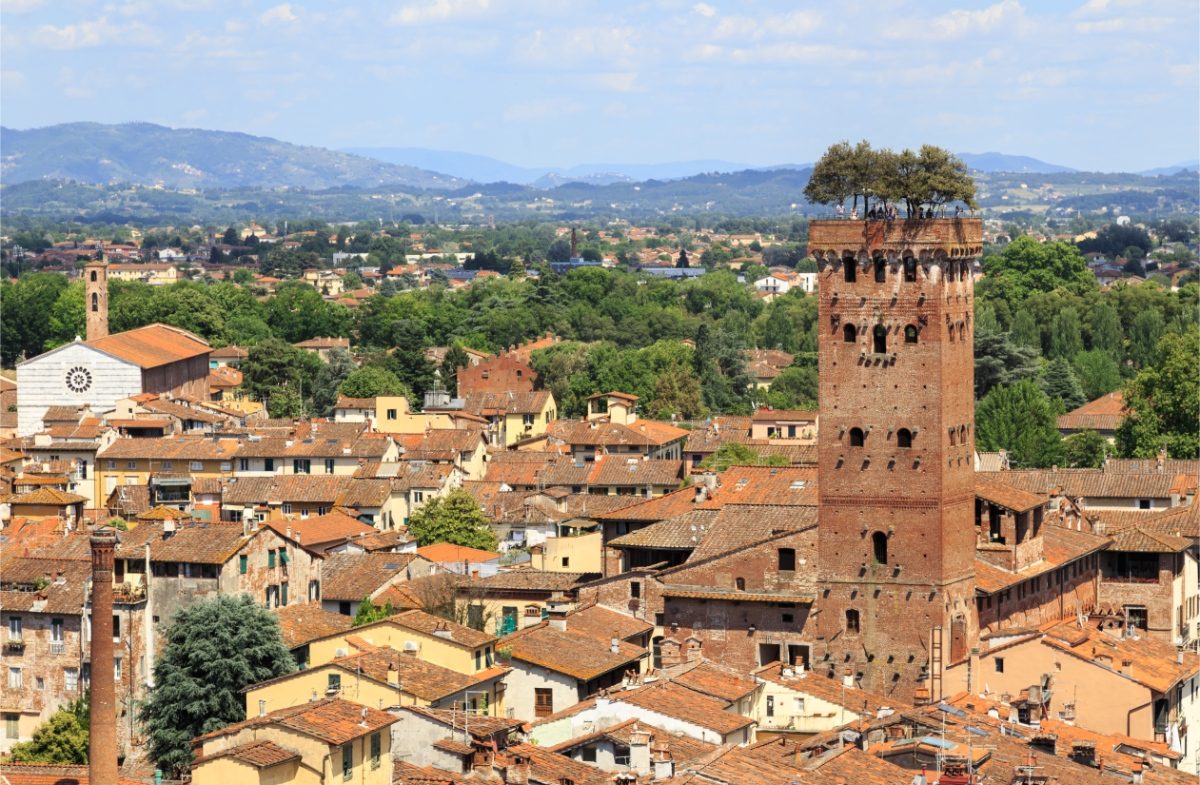
Lucca’s most famous feature is its perfectly preserved Renaissance-era walls, which stretch for 4 kilometers around the old town. These massive fortifications offer great views, and you can walk or bike along the tree-lined paths on top of them.
Lucca’s narrow streets are lined with charming medieval buildings inside the walls. The city’s towers are striking landmarks.
The Torre Guinigi stands out with its rooftop garden of oak trees. For €5, you can climb the 230 steps to the top.
Lucca’s churches are architectural gems. The Duomo di San Martino has a stunning facade with intricate carvings and sculptures. The Chiesa di San Michele in Foro is another must-see with its ornate Romanesque exterior.
Florence’s Art Scene
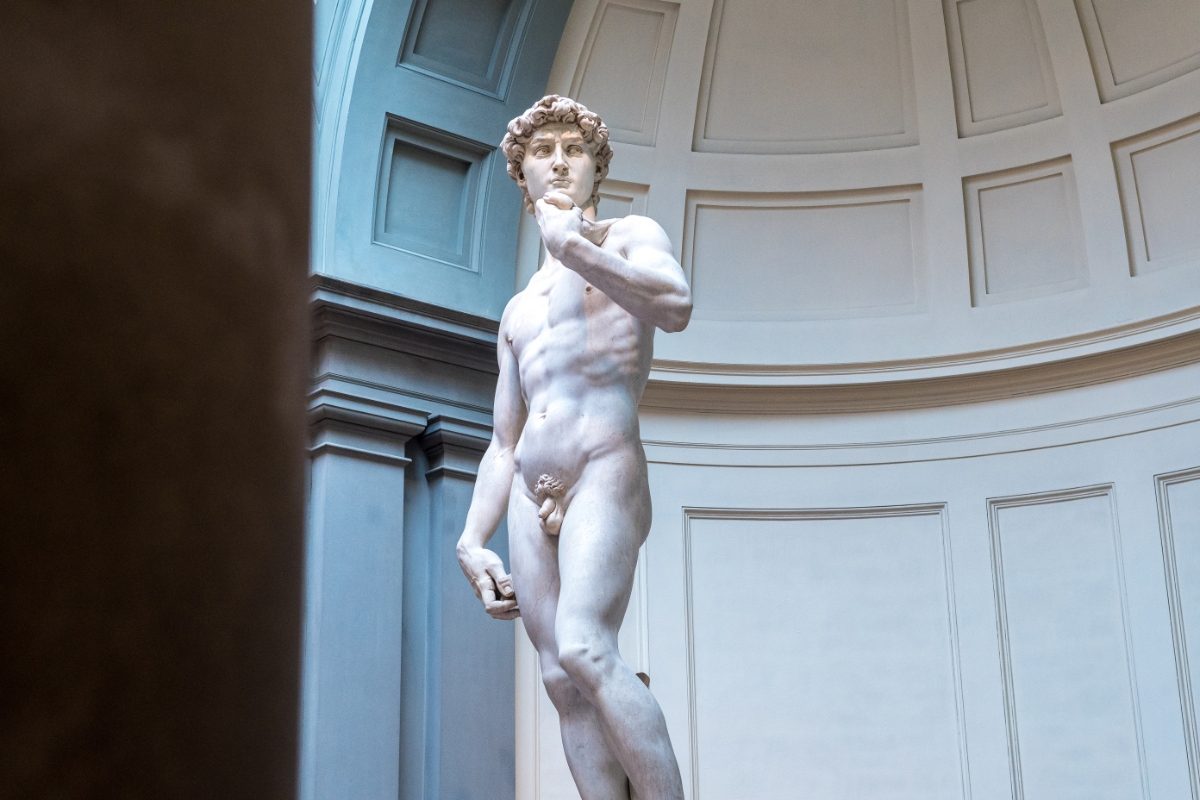
Florence is a paradise for art lovers. The Uffizi Gallery houses some of the world’s most famous Renaissance masterpieces.
Book tickets online in advance (€20) to avoid long lines. You’ll see Botticelli’s “Birth of Venus” and works by Leonardo da Vinci.
The city’s outdoor sculptures are just as impressive. In the Piazza della Signoria, you can admire a copy of Michelangelo’s David and other statues. The original David is in the Accademia Gallery.
The massive dome of the Duomo dominates Florence’s skyline. Climb to the top for panoramic city views. The Duomo complex includes Giotto’s Bell Tower and the ornate Baptistery doors.
Culinary Delights and Local Cuisine
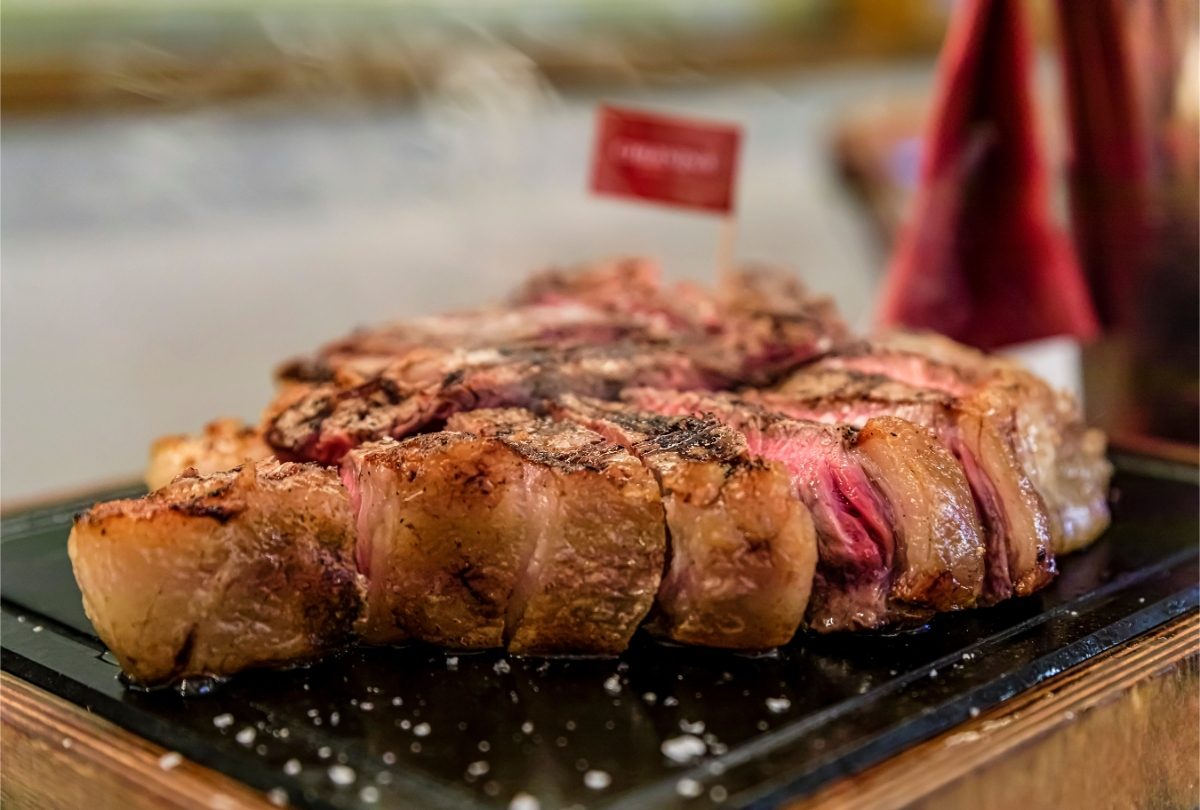
Tuscany’s culinary scene is a feast for the senses, with Lucca and Florence offering mouthwatering local specialties. Each city has unique flavors and dining traditions reflecting the region’s rich gastronomic heritage.
Sampling Lucca’s Dishes
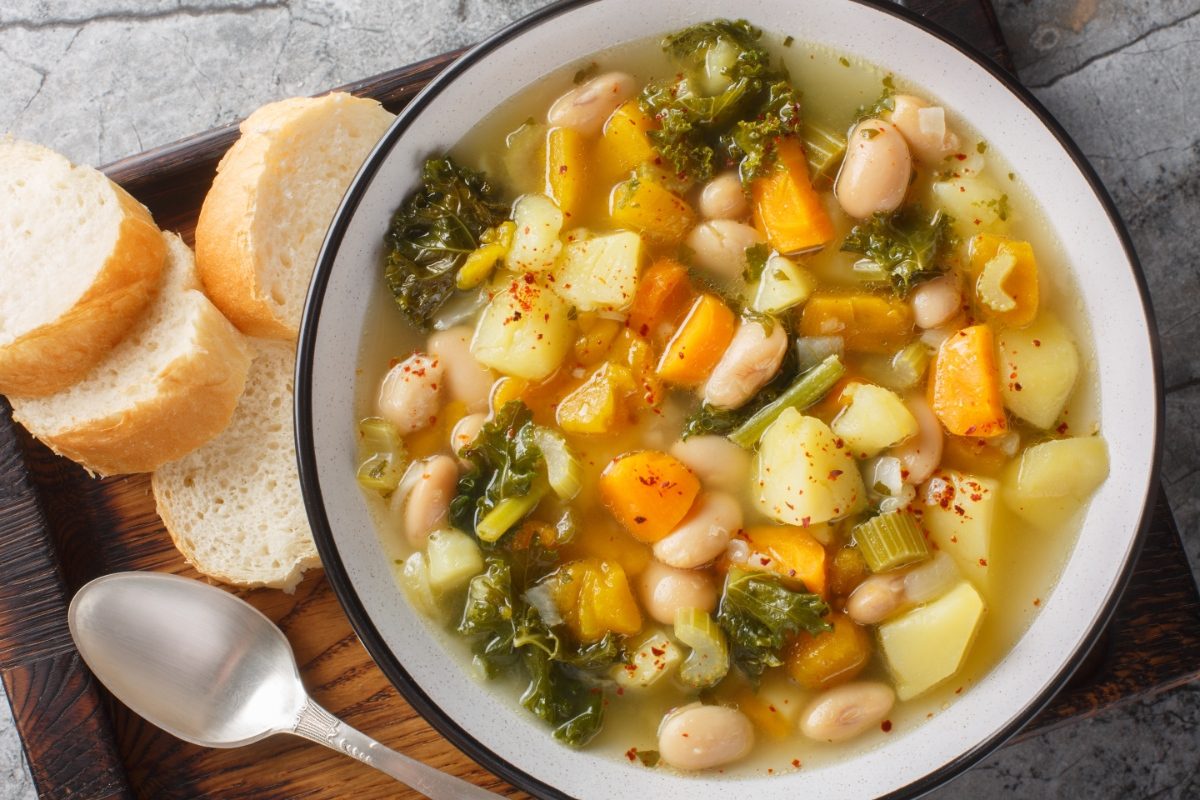
Lucca’s cuisine is hearty and flavorful. Don’t miss the zuppa alla frantoiana, a thick vegetable soup perfect for chilly evenings.
Tordelli Lucchesi, meat-filled pasta pockets in a savory sauce, is a local favorite. For a quick bite, try the Buccellato, a sweet bread ring flavored with anise.
Lucca’s olive oil is top-notch – drizzle it on crusty bread for a simple treat. Wine lovers should sip the crisp Colline Lucchesi whites.
Many trattorias offer family-style dining, with generous portions served in cozy settings. Expect to pay about €25-35 per person for a full meal with wine.
Flavors of Florence
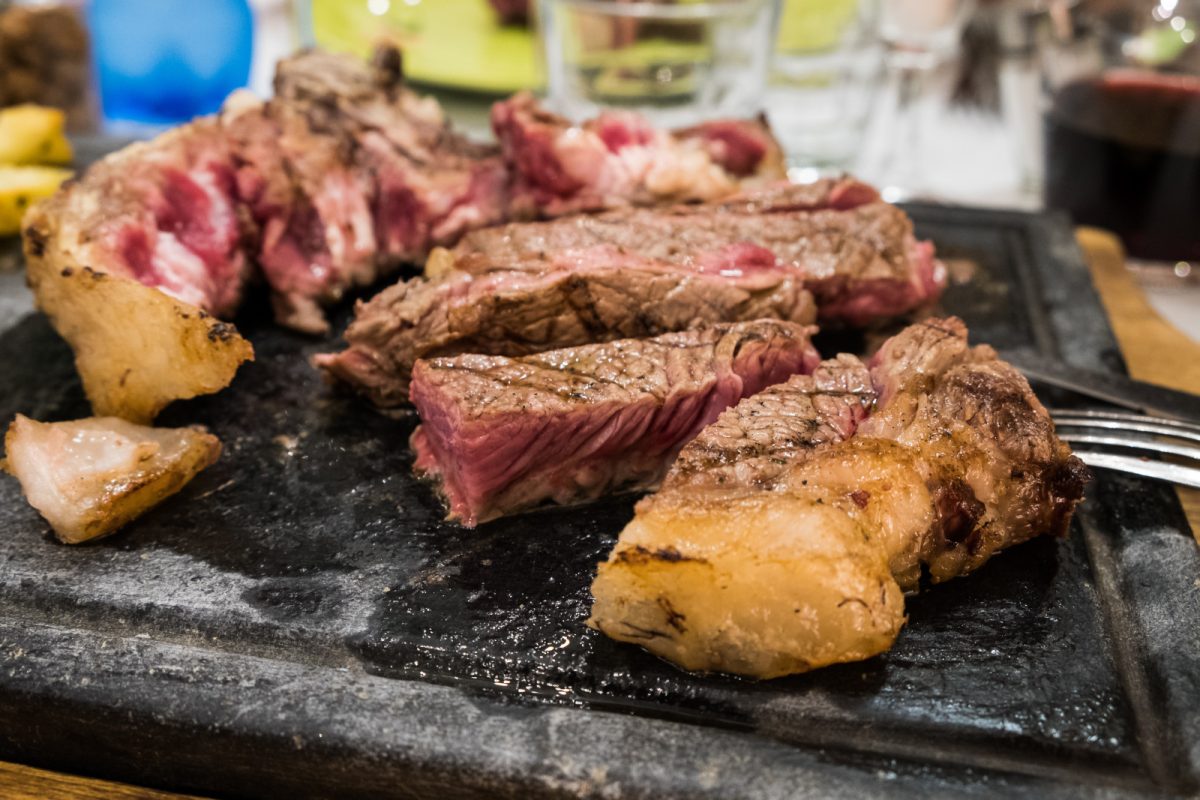
Florence’s food scene blends tradition and innovation. The city is famous for bistecca alla fiorentina, a massive T-bone steak grilled over wood.
It’s pricey at €50-60 per kilo, but worth the splurge. Vegetarians will love pappa al pomodoro, a thick bread and tomato soup.
For a quick lunch, try a lampredotto sandwich from a street cart. This tripe dish is pure Florentine comfort food.
Wash it down with a glass of robust Chianti wine. Florence’s gelato is heavenly – look for shops using natural ingredients and seasonal flavors.
A typical dinner in Florence costs €30-40 per person, not including wine. Check out some amazing food tours in Italy to experience the local cuisine.
Shopping and Leisure Activities
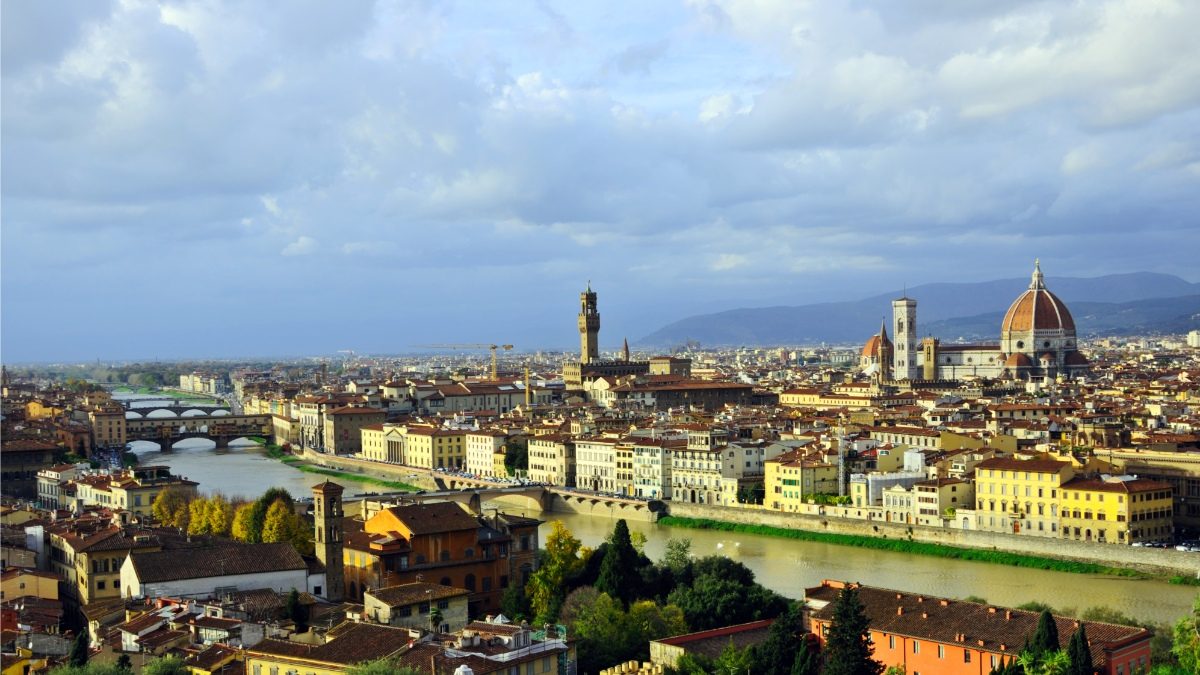
Florence and Lucca offer contrasting retail experiences and ways to spend your free time. From high-end fashion to local markets, each city has its own shopping personality and leisure options to explore.
Unique Shopping in Lucca
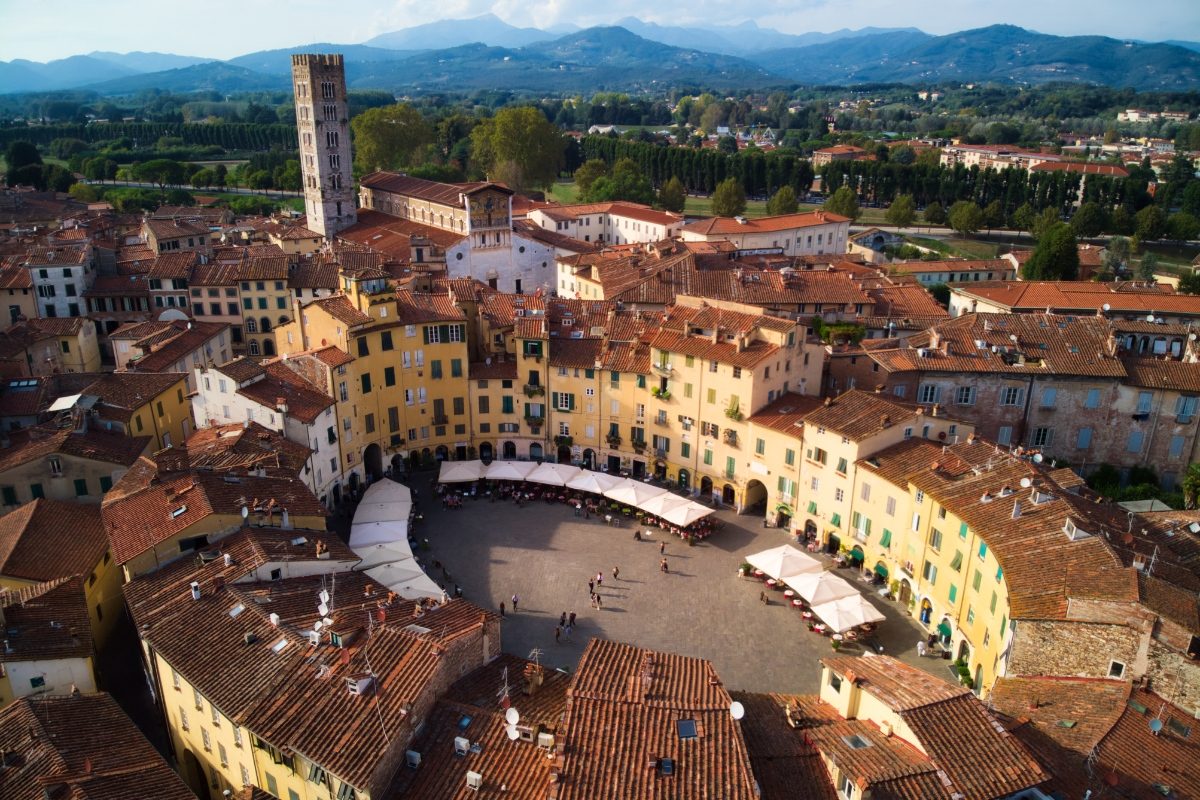
Lucca’s compact historic center is perfect for strolls and window shopping. The main shopping street, Via Fillungo, has boutiques selling leather goods, jewelry, and local specialties.
Don’t miss the charming antique shops tucked away on side streets. They’re treasure troves of vintage finds and quirky souvenirs. Prices can be steep, but bargaining is expected.
For foodies, Lucca’s covered market is a must-visit. It’s packed with stalls selling fresh produce, cheeses, and cured meats. The market is busiest on Wednesdays and Saturdays.
Families will love the toy shops scattered throughout town. Many sell handmade wooden toys that make great gifts.
Fashion and Markets of Florence
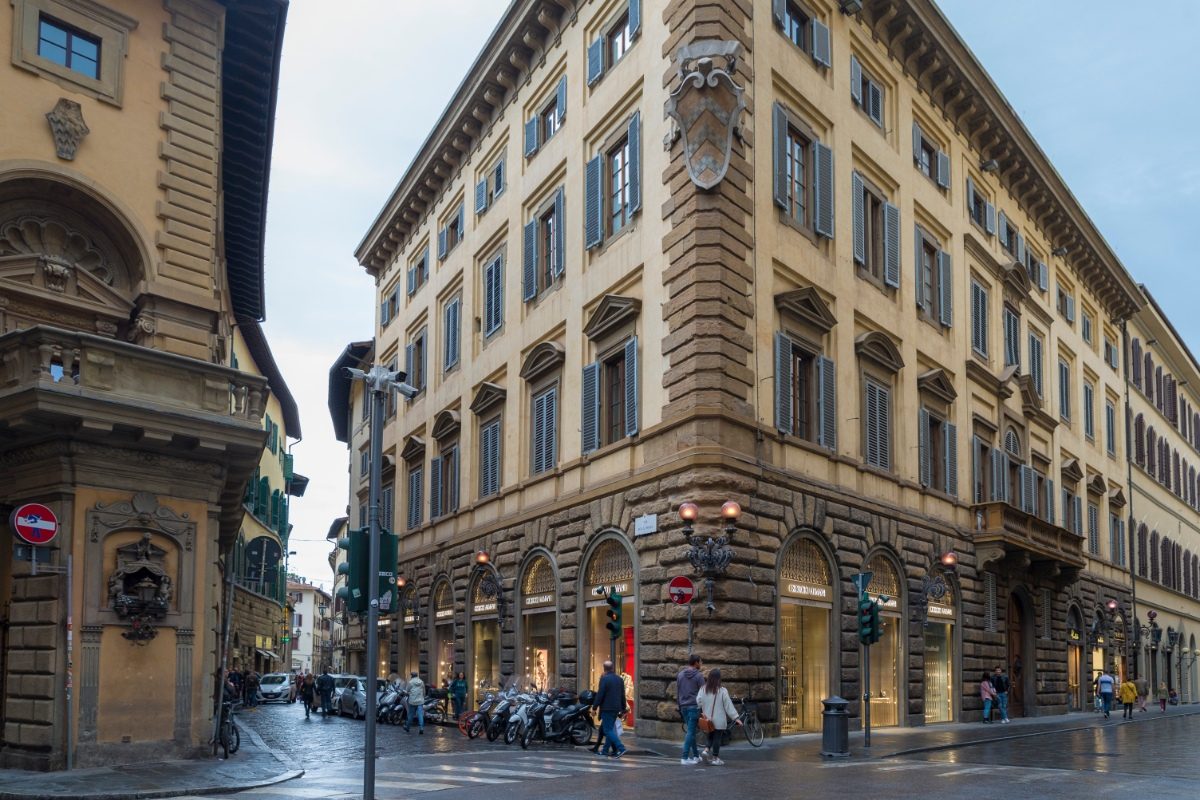
Florence is a shopper’s paradise, especially for fashion lovers. The city is home to flagship stores of Italian designer brands like Gucci and Ferragamo.
Via de Tornabuoni is the place to go for luxury shopping. Window shop or splurge on a new bag – prices start around €500 for small leather goods.
For more affordable finds, head to the San Lorenzo market. It’s packed with stalls selling leather jackets, bags, and souvenirs. Haggling is expected here.
The Mercato Centrale is great for gourmet goodies and people-watching. The upper floor has food stalls where you can grab a quick bite.
Florence also has great vintage shops. Via dei Serragli in the Oltrarno area is full of secondhand gems at reasonable prices.
Outdoor and Recreational Spaces
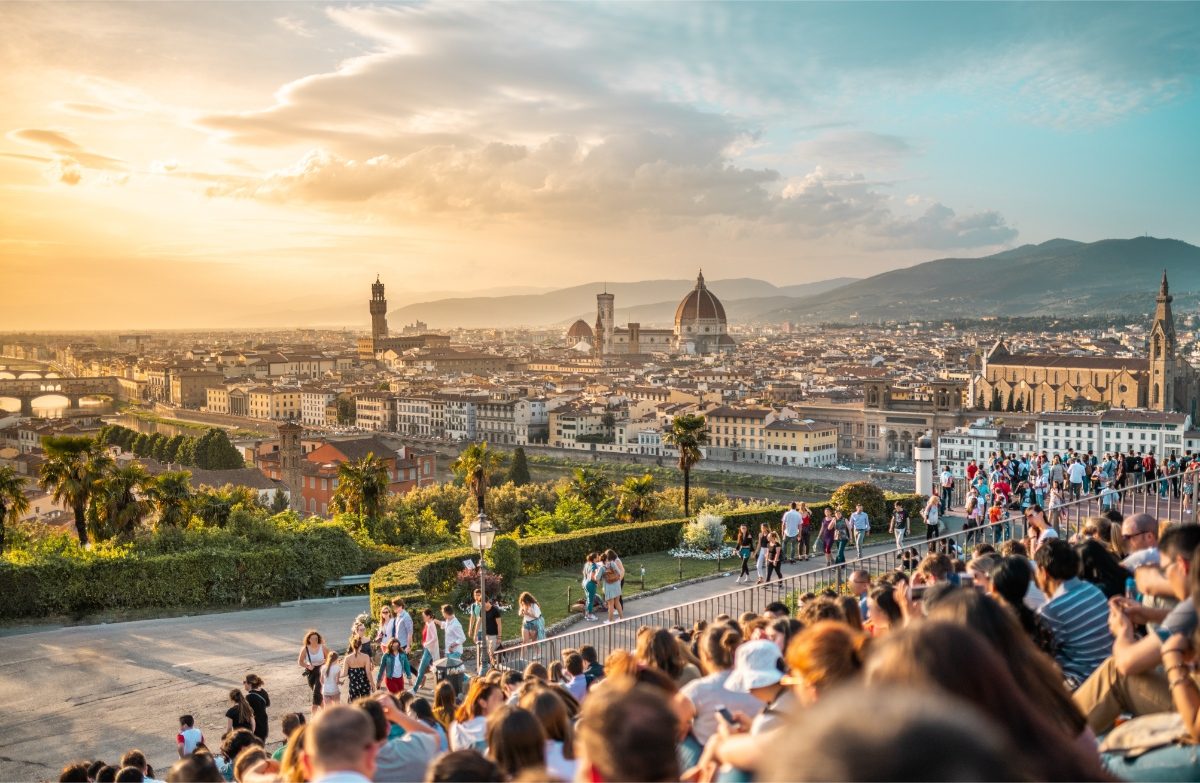
Lucca and Florence offer unique outdoor experiences that showcase their charm and history. Each city provides visitors green spaces and architectural wonders to explore and enjoy.
Lucca’s City Walls and Greenery
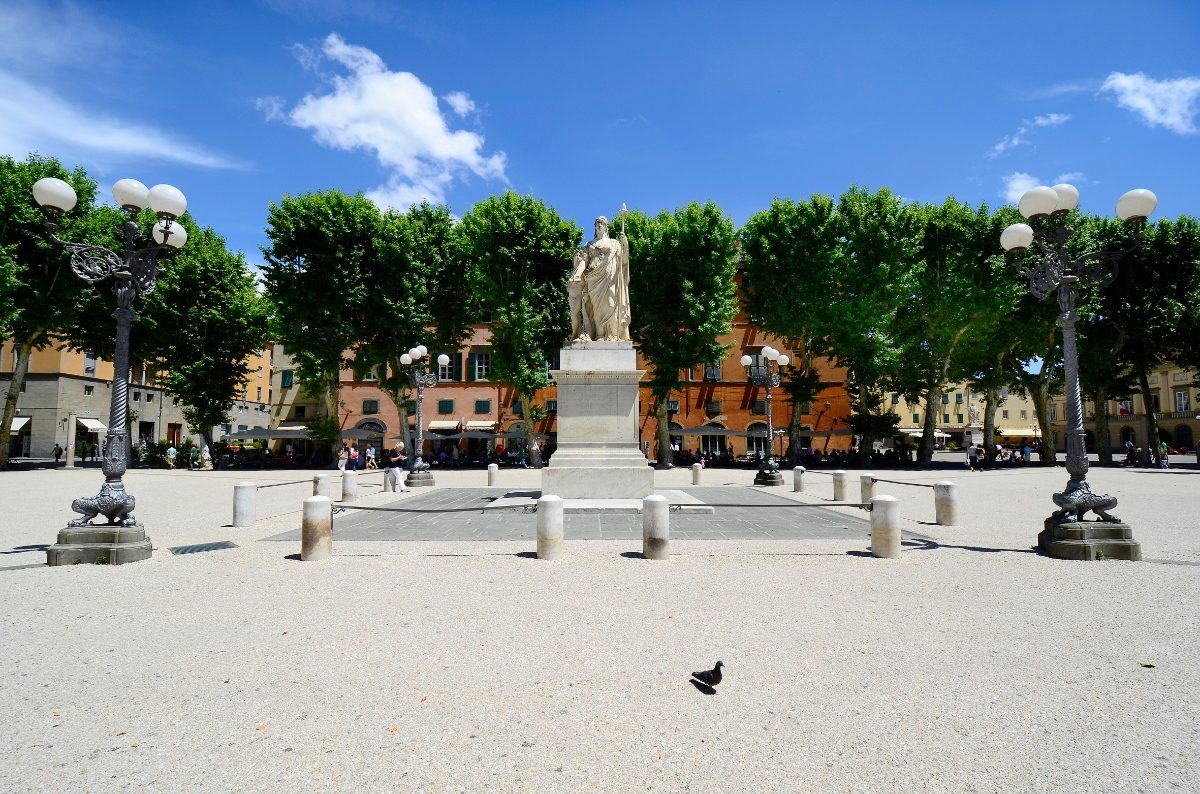
Lucca’s most famous feature is its well-preserved Renaissance-era walls. These massive fortifications now serve as a 4-kilometer tree-lined pathway perfect for walking, jogging, or cycling.
Locals and tourists flock to the walls to exercise or simply enjoy the views. Rental bikes are available for about €3-5 per hour.
The walls encircle lush parks and gardens within the city center. The Botanical Garden of Lucca, founded in 1820, is a peaceful oasis with exotic plants and a small lake.
Entry costs €5. From November to January, Piazza Napoleone turns into a winter wonderland with an ice rink, which is perfect for families.
Florence’s Public Gardens and Squares
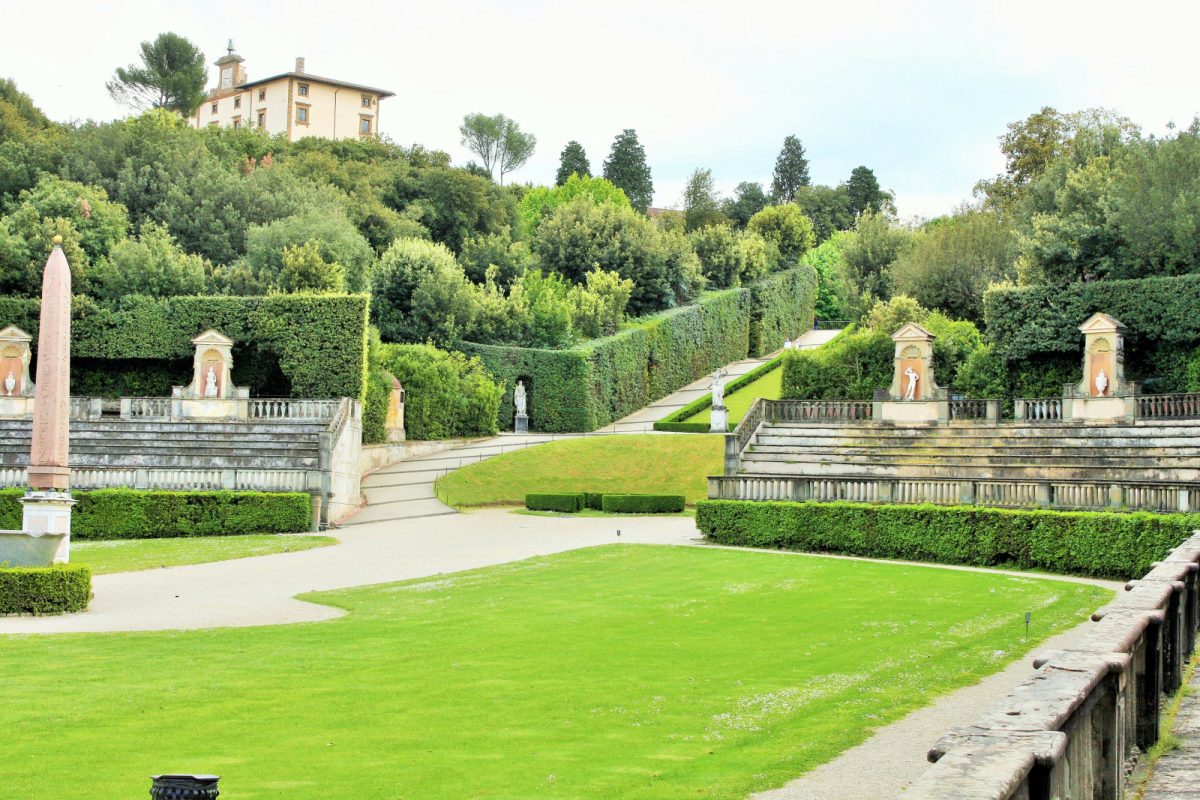
Florence balances its artistic treasures with beautiful outdoor spaces. Behind Pitti Palace, the Boboli Gardens offers a stunning example of 16th-century Italian landscaping.
Visitors can wander through grottos, fountains, and ancient statues. Tickets cost €10 in summer, €6 in winter.
Piazzale Michelangelo provides the best panoramic views of Florence. It’s a popular spot for sunset picnics. The nearby Rose Garden is free to enter and blooms spectacularly in May and June.
For a local vibe, head to Cascine Park along the Arno River. This massive green space hosts a weekly market on Tuesdays. Joggers, cyclists, and families enjoy its trails and open fields year-round.
Day Trips and Extended Visits
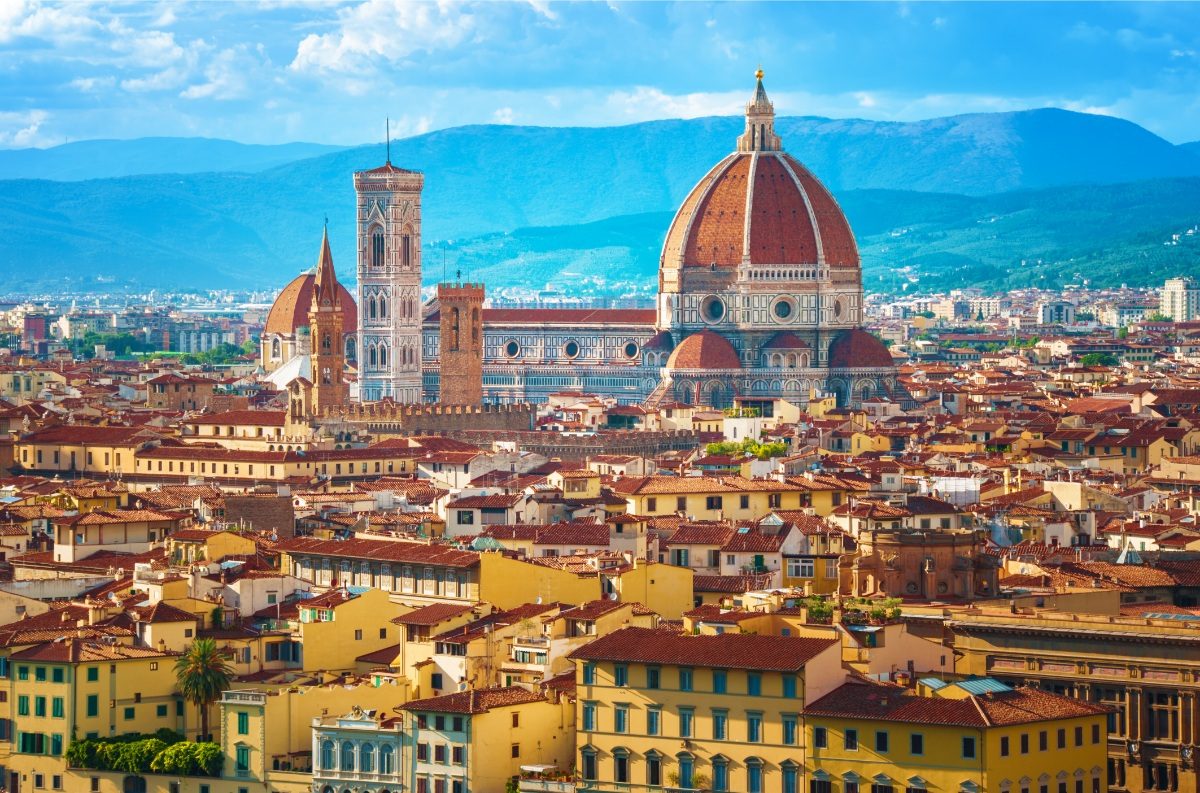
Lucca and Florence offer great bases for exploring more of Tuscany. Both cities have convenient train connections to charming towns and scenic landscapes nearby.
Exploring Around Lucca
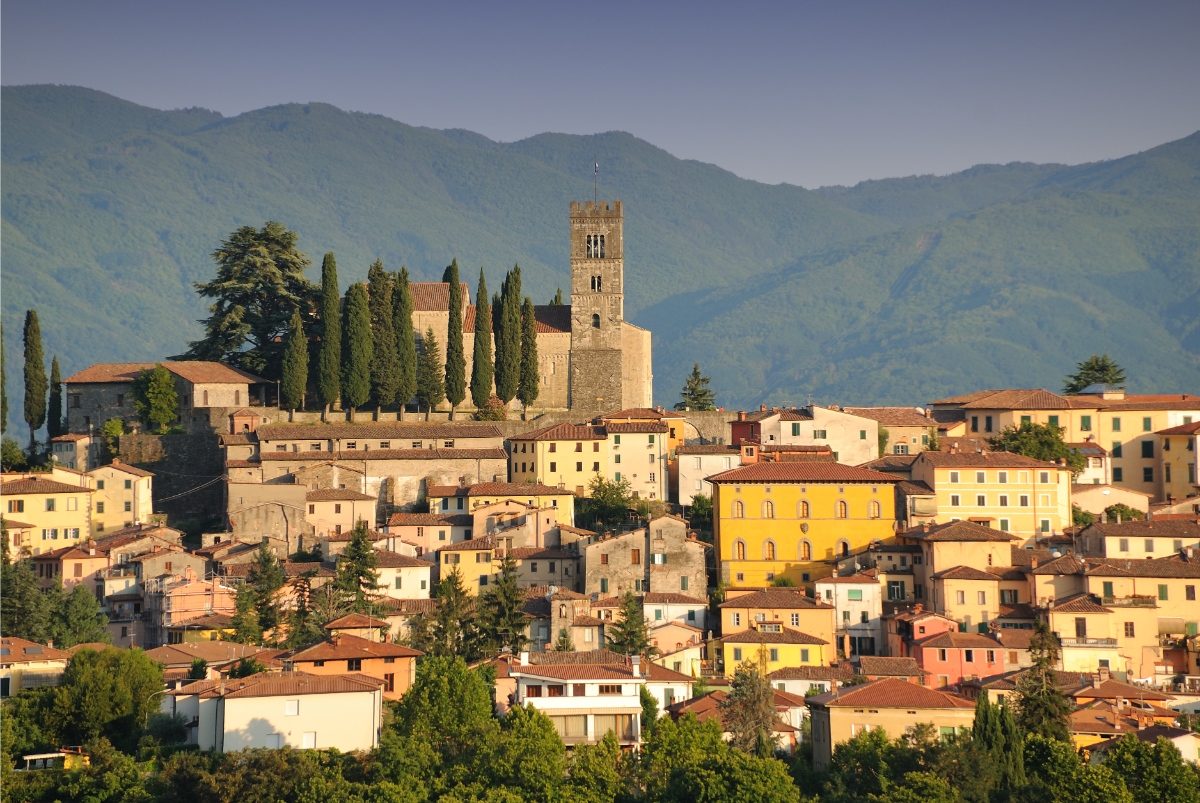
Lucca’s location makes it perfect for day trips to coastal towns and mountain villages. Hop on a train to Viareggio for a beach day—it’s only 20 minutes away.
In summer, the seaside promenade is lined with colorful umbrellas. Don’t forget to bring sunscreen!
Visit Barga, a hilltop gem an hour’s bus ride from Lucca, for a taste of small-town Tuscany.
Wander the narrow streets and stop for lunch at a family-run trattoria. Try the local specialty of castagnaccio, a chestnut flour cake.
Pisa is just a 30-minute train ride from Lucca. Go early to beat the crowds at the Leaning Tower. Tickets are €20 to climb up, but the view’s worth it!
Adventures Beyond Florence

Florence connects to many of Tuscany’s top spots by train. Siena is a must-see medieval city.
It’s 90 minutes by train. If you’re there in July or August, time your visit for the Palio horse race.
Wine lovers shouldn’t miss a trip to Chianti. You can join a wine tour from Florence or rent a car to explore the vineyards. Most tastings cost €10-15 per person.
For a change of pace, take the high-speed train to Rome. It’s only 90 minutes each way. See the Colosseum and Vatican on a whirlwind day trip. Just make sure to book ahead to skip the lines!
Frequently Asked Questions
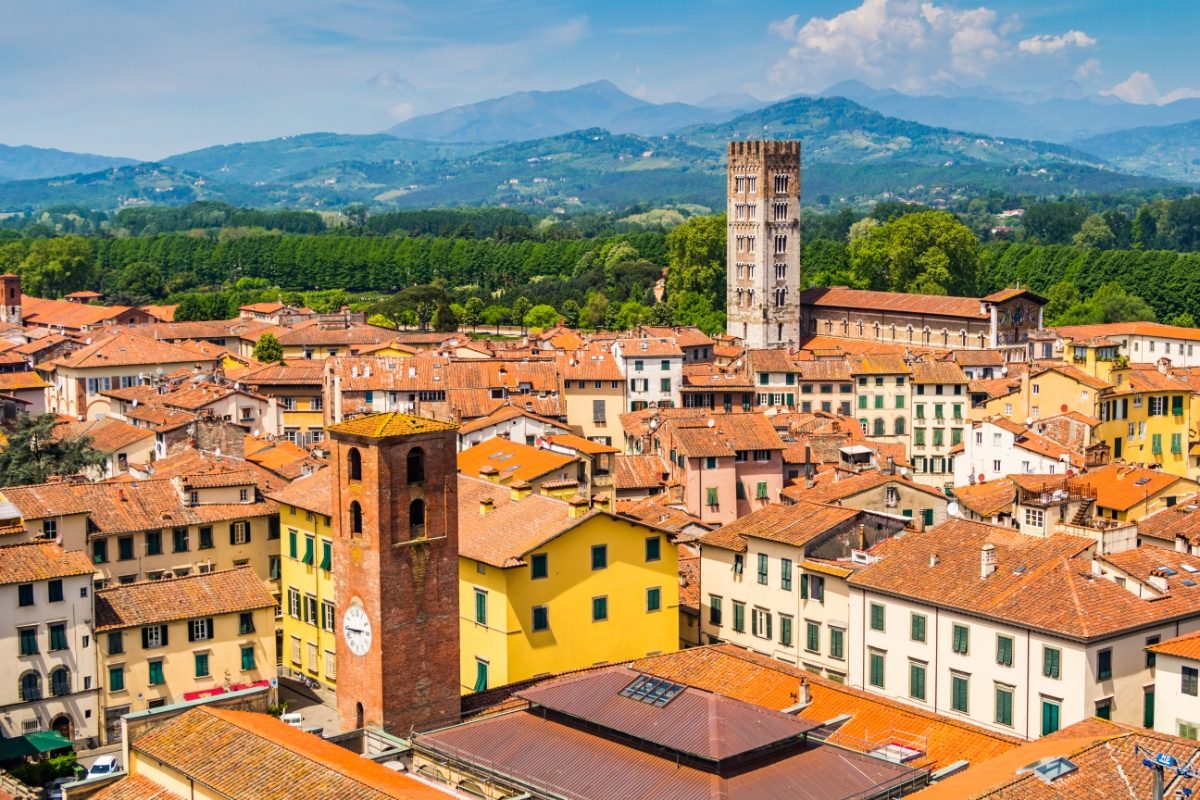
Lucca and Florence each offer unique experiences for visitors to Tuscany. Here are some common questions travelers have when deciding between these two beautiful cities.
What are the must-see attractions when visiting Lucca for a day trip?
Lucca’s top sights include the ancient city walls, which you can bike or walk on. Don’t miss climbing the Guinigi Tower, which has oak trees on its rooftop.
The stunning San Martino Cathedral is worth a visit too. Stroll down Via Fillungo for shopping and gelato. Check out the Puccini Museum in the composer’s birthplace if you like music.
Can day trips from Florence to Lucca be comfortably done by train?
Yes! The train ride from Florence to Lucca takes about 1.5 hours each way. Trains run often, making it easy to do as a day trip.
You’ll have plenty of time to explore Lucca’s compact historic center. Just be sure to catch the last train back in the evening.
How does the cultural experience in Lucca compare with that of Florence?
Florence is packed with famous art and Renaissance history. Lucca offers a more laid-back vibe.
Its well-preserved walls and narrow streets feel like stepping back in time. Fewer tourists visit Lucca, allowing you to soak up authentic Tuscan culture. The city has charming piazzas perfect for people-watching over an espresso.
What unique experiences does Lucca offer that differ from Florence?
Biking the city walls is a fun way to see Lucca from above. The city hosts a big summer music festival called Lucca Summer Festival.
Try local specialties like tortelli lucchese pasta. Lucca’s antique market is great for treasure hunting. The city also makes a good base for exploring nearby Tuscan villages and wineries.
Should a day trip to Lucca or Siena be prioritized for those with limited time?
Both are great choices, but Lucca is easier to see daily. It’s more compact and closer to Florence. Siena needs more time to fully appreciate.
If you want a taste of small-town Tuscany, pick Lucca. Choose Siena if you’re into medieval history and want to see its famous Palio horse race (held twice each summer).
What are some insider tips for visitors to get the most out of their trip to Lucca?
Visiting early or late can help you avoid day-trippers. Try the local olive oil and wine. Eat at Osteria da Pasqualino for authentic Lucchese food.
Climbing Torre delle Ore will give you great views. Taking a cooking class can help you learn Tuscan recipes. You can catch an outdoor concert in one of the piazzas in summer. Explore the side streets from the main tourist spots to find hidden gems.

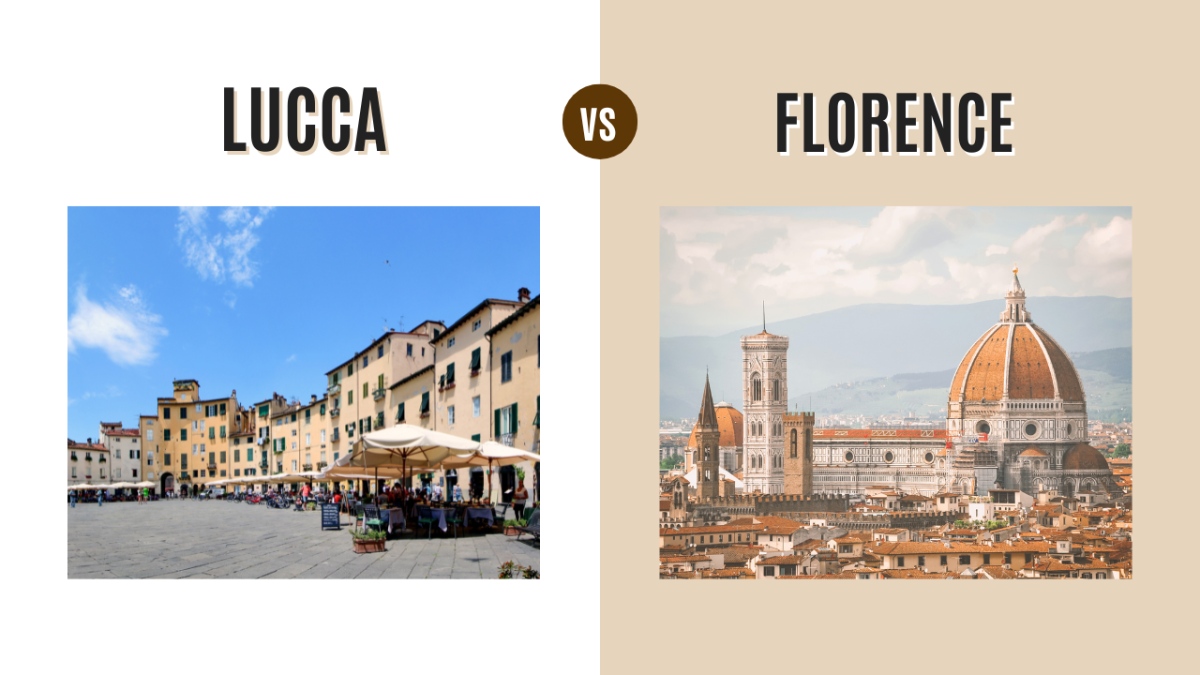
0 Comment